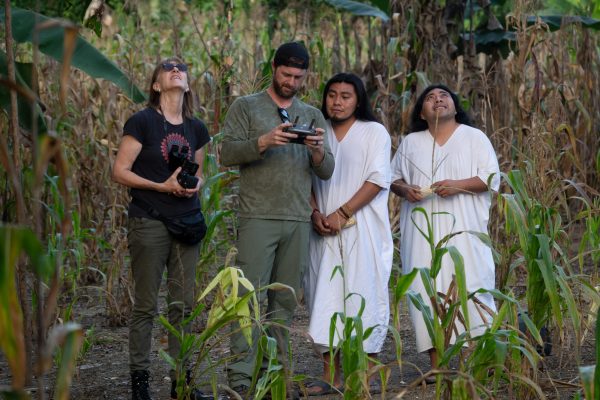The tropical forests of Central America are peppered with the ancient relics of the Maya: a civilization whose monumental architecture and advanced society continues to mystify us.
But who were the Maya, how did they shape the environment around them and did they, in fact, disappear?
The Kern team explores the rainforests of Central America to document a realm of incredible biodiversity. These jungles, cloud forests and underwater caverns still hold important clues about the Maya civilization and their lasting impact on the environment around them.










